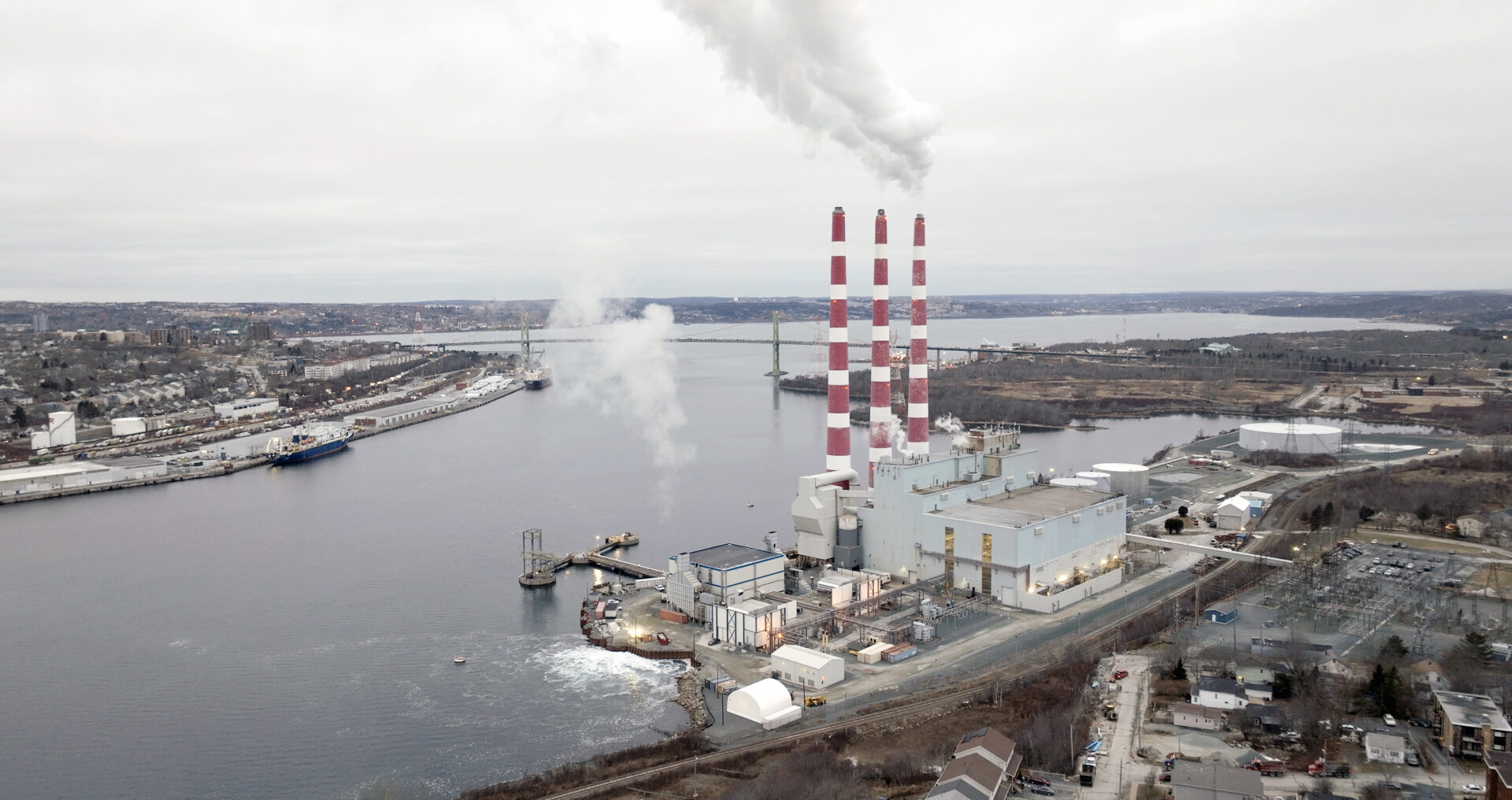
Carbon Removal Needs Decarbonization
We often talk about carbon removal and decarbonization as if they live in separate lanes:One lane pulls carbon out of the atmosphere, the other about prevents it from entering in the first place. The reality is actually more intertwined. The future we’re working toward will require both, working in concert. The better we understand the relationship between decarbonization and carbon removal, the more effective we can be in building climate solutions.
Take, for example, a ship carrying alkaline minerals to support a carbon removal project.
If that vessel runs on conventional marine diesel or bunker fuels, its journey adds emissions to the atmosphere. These emissions must be subtracted from the total carbon removed by the project. But if that same vessel is electrified, runs on low-carbon fuels, or even finds a more efficient journey between ports then the net benefit of the carbon removal work increases. Fewer emissions in the supply chain means more net carbon is removed.
This is not just a technical detail, it’s a design principle.
When carbon is a line item in your operations, every emission matters. And when that cost is visible, the motivation to decarbonize grows.
Another example is the design and construction of a warehouse at the carbon removal project site.
A traditional procurement process would mean finding the lowest cost option that serves the operational purpose. In a carbon removal project, every kilogram of concrete, ounce of metal strapping, and sheet of plywood in that warehouse is also considered for its embedded emissions and durability. Construction of a warehouse on site means we have to account for all the emissions of those raw materials, their transportation, and assembly then amortize those emissions across the removal project’s lifetime. These emissions are as important as financial costs, driving the selection of durable, low-emission options.
Carbon removal doesn’t compete with decarbonization, it accelerates it.
Carbon removal places real economic value on reducing emissions and drives investments into cleaner infrastructure that serve not just one project, but the broader climate transition.
A final example: A mineralization project that sources alkaline minerals from a mining and processing giant.
The conventional manufacturing of these minerals involves mining and calcination using fossil fuel-powered heavy equipment and kilns. If the carbon removal project demonstrates a substantial demand and price for a version of this product produced with electric trucks and kilns, it will signal to traditional companies that transitioning to lower-emission processes could unlock a new market.
Every one of these examples is real and happening now at Planetary. The relationship between removing carbon and preventing emissions isn’t secondary, it’s foundational.
Planetary requires suppliers to disclose their environmental impact or provide high-quality data for verifiable impact assessments. When environmental or emissions issues threaten a relationship, Planetary collaborates with suppliers to identify and implement improvements. Effective carbon removal is a collaborative process involving all stakeholders, from mineral suppliers and port workers to site operators who seek efficiency gains like reducing fuel consumption.
The ripple effect of these responsible procurement processes is only beginning. With each new project we deploy will be another set of relationships that has both decarbonization and carbon removal at the heart of it.
Join The Movement
For those who want to learn or share more with us, please reach out and share your stories.
